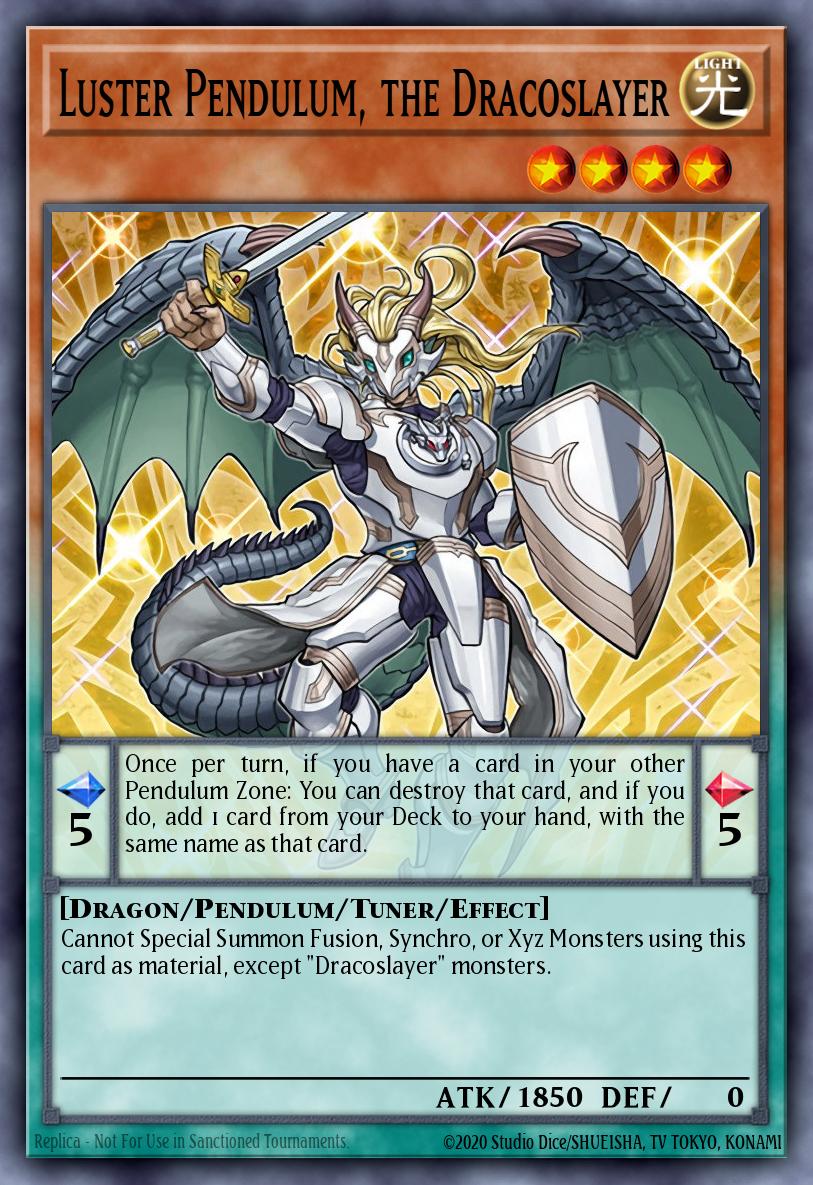A Trend Thesis
Since its inception in May 2002, the trends of the Forbidden & Limited List has become a spectacle for competitive players. What’s the problem card of the format, which deck will live, and which deck will die out? With simple questions must come simple answers, surely?
For the last eighteen years, a common misconception assumes F&L exists to be a way of maintaining “game balance” as it does in Magic: the Gathering and the Pokemon Trading Card Game. Unlike those two games (with explanations and set rotation), Yu-Gi-Oh is not nearly so lucky. No, the Yu-Gi-Oh F&L list is nothing but a well-disguised marketing tactic that can only be discovered by analyzing trends over the last five years.
The F&L exists to do two things and two things alone: creates a sense of “freshness” for players, and to push new products without utilizing set rotations. While not a comprehensive list, the information presented here aims to be as accurate as possible. Without further ado, let’s take a look at a few examples of F&L trends and their impact from the last five years.
The Game-Changing Reset
November 9th, 2015 changed the way the F&L would proceed for the next five years-worth of formats. While it was not the first “hard reset," the 11/9 list is the most memorable. Besides Burning Abyss, virtually no DUEA-format deck was viable for Dimension of Chaos-on. Until the November hard reset, only one Pendulum deck ever overcame the inherent flaw of the Pendulum mechanics: Qliphort. Qliphort was inherently a "stun" deck and never "felt" like a regular Pendulum deck.

Which cards introduced in CORE and DOCS pushed players to pick up new Pendulum themes? The most impactful cards pushed were Luster Pendulum, the Dracoslayer, Vector Pendulum, the Dracoverlord, Performage Plushfire, Performage Damage Juggler and Performage Trick Clown. Both Kozmo and Majespecter received new support in DOCS, too. Dark Destroyer's reprint found itself a month late after its placement on the August F&L. Luster found itself Limited in February 2016, beginning the trend of Konami’s current business model.
Aftermath of the Zoodiac
The September 2017 F&L ended the competitive dominance of Zoodiac, with minor hits to True Draco and Dinosaur strategies. Drident, Broadbull, and Ratpier became either Limited or Forbidden along with their Ignis Heat and Dinomight pals. Anyone who played the metagame in 2017 can tell you what that F&L prepared duelists for. It foreshadowed the second “tier zero” format of the year with the power of SPYRAL. But, Mega Tins Zoodiac ended up being exponentially cheaper than its original cost just seven months earlier!
The entire core, once nearly $500 (in addition to Dimensional Barrier) tanked below $100… for the entire tier one deck. Only True Draco, Trickstar, and Pendulum Magicians remained after the September 2017 F&L. This left a significant power gap until the release of SPYRAL Double Helix in October. Were these two instances to become trends, or just statistical anomalies?
The Corona Crash of 2020
We all knew at some point a metagame reset would happen, but no one could tell exactly when it would take place. Should Konami hit every meta deck before Secret Slayers (and new Master Rule changes), or afterwards to get a better idea of which products to push more? As it turns out, Konami wants none of that. Apparently, Mega Tin, Rising Rampage, and Chaos Impact sales stagnated immediately after the holiday season (with Magical Hero due to drop in the middle of January), as the January 2020 F&L functioned similarly to the 2015 F&L.
Removing Engage, Colossus, Harp Horror, and Ib from the TCG format means only one thing for SPYRAL. As it turns out, Magical Hero contained Magicians’ Souls, the 3-of $140 (at its peak price) Ultra Rare which called SPYRAL back into action.
The Trend Is Your Friend
While the examples given don’t cover the entire history of the F&L encouraging the use of new products, it gives players a better understanding of Konami’s business model. Finding and acknowledging these pushes for the metagame can help players better optimize their budgets for competitive play and schedule trips to play in events.
Because good decks tend to be expensive, it’s important to get useful information to avoid Konami’s machine. Maybe it’s a good time to pick up that Chaos deck you’ve been testing. Or, maybe you should hold off from buying those cool new Infernoble cards. There's always the chance for a Borreload Savage Dragon reprint in the August 2020 Mega Tin, too. It’s difficult to say for sure, but there's one major lesson to learn. Use trends and data to make better predictions about what can happen in the future of Yu-Gi-Oh.




